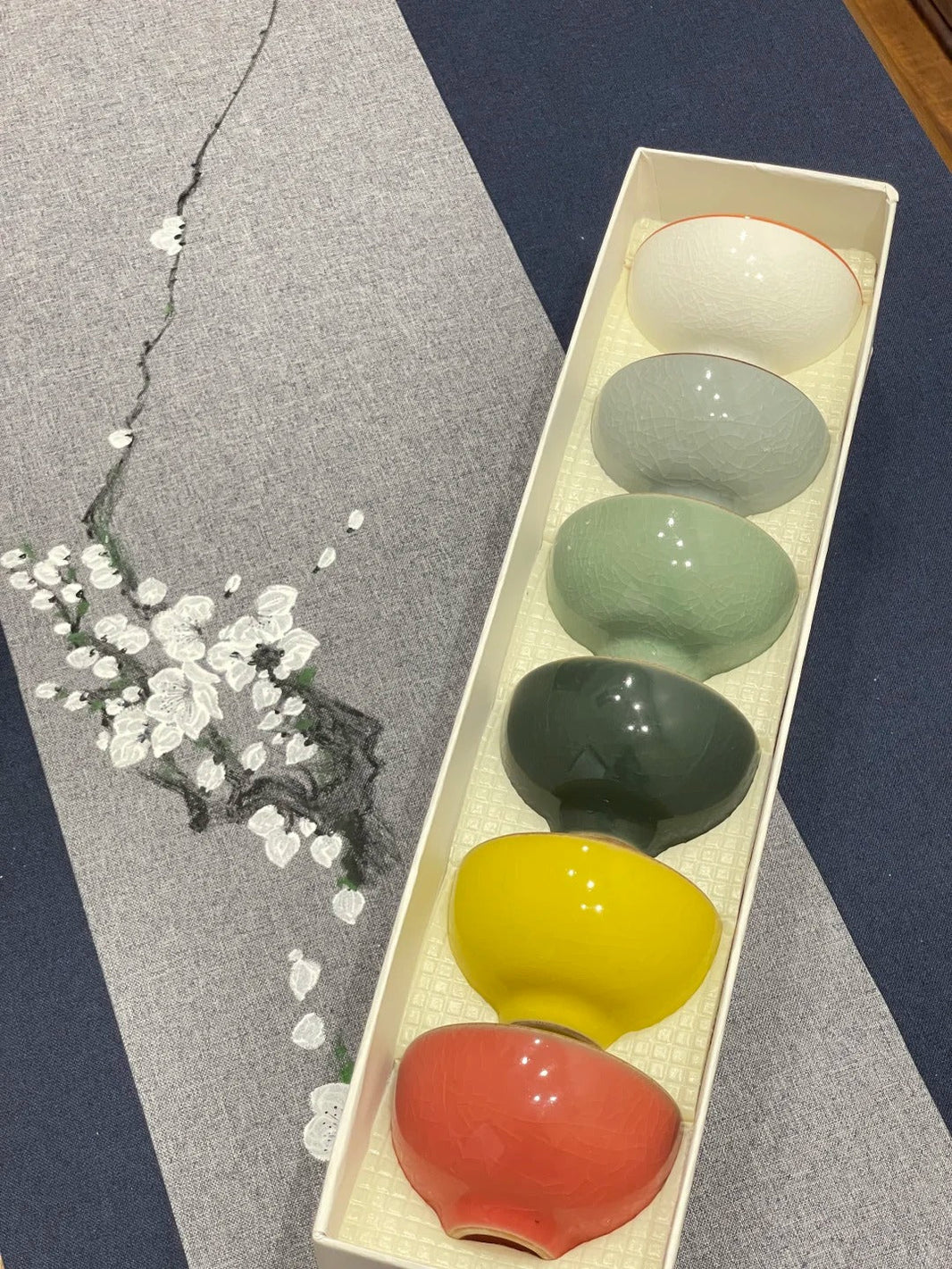Red clay pot is one of the most representative classic categories of purple clay ware. It is from Chaozhou, and deeply loved by tea lovers for its ruddy color, delicate texture and warm touch. It is not as stable as purple clay, nor as gentle as Duan clay, but it contains a quiet and noble atmosphere in its gentleness, and is often called "the beautiful jade in the pot".
Red clay belongs to the red clay series of purple sand, with fine mineral materials and high iron content. After firing, the color is orange, vermilion or dark red, and the texture is dense and clean. The best red clay pot is not only visually warm, but also shows a soft gem light after soaking, just like warm jade brushing light, low-key and implicit, with oriental charm. Red clay pot has a smooth texture, strong airtightness, and extremely low water absorption, which makes it have excellent performance in heat preservation and fragrance collection.
Due to the large shrinkage rate of Red clay, the difficulty of molding is high, and it is very easy to crack or deform during the firing process, so the yield rate is low, and the craftsmanship of making pots is extremely high. Most Red clay pots are small in size, simple in shape, and pay attention to proportion and feel. They are often used in small tea parties or when drinking alone. They are both practical and pleasing to the eye.
In terms of tea suitability, Red clay teapots are very suitable for brewing fragrant teas, such as Tieguanyin, Fenghuang Dancong, Wuyi Rock Tea, Xiaozhong Black Tea, etc. It can also be used for green tea varieties with outstanding aroma. Its characteristics of not absorbing fragrance and not taking away flavor help to better present the purity and layers of tea soup. In order to maintain the stability of tea aroma, it is recommended to use one teapot for one teapot, and a dedicated teapot for a dedicated teapot. Over time, the tea aroma and the teapot aroma will blend naturally, and the flavor will be steady.
The maintenance of Red clay pots is not complicated. In the early stage, you can use warm water to moisturize it. In the later stage, soak it more and use it more, and it will naturally moisten and gradually form a patina. The surface gloss changes from matte to moist, like moonlight, and no artificial wiping is required. However, because the clay is relatively fine, you should avoid sudden cold or heat to prevent cracking.
Among the various clay materials, the red clay pot has its own tranquility and calmness, not competing or showing off, not saying anything, but still as warm as ever. It is like a quiet old friend, accompanying you with a pot of good tea, watching the four seasons pass by, and the fragrance of time.






